LATVIJA.FM
Latvia’s Role in Preserving the Baltic Wolf Population
In the dense forests and remote wetlands of Latvia, one of Europe’s most iconic predators still roams freely—the grey wolf. Neither fully tamed nor fully exiled, the Baltic wolf holds a vital place in the region’s ecological balance. Latvia’s measured approach to conservation—neither overly romantic nor ruthlessly controlling—has quietly made the country a key guardian of wolf populations in the Baltics. Here, the story of the wolf is not just one of survival, but of coexistence shaped by folklore, science, and evolving public values.
A Wilderness Shared: Latvia’s Landscape as a Natural Refuge
Latvia's geography makes it one of the last truly viable habitats for wild wolves in the European Union. With over half of the country covered in forests and a relatively low human population density, wolves have space to roam and breed. The mix of boreal woods, wetlands, and meadows offers an ideal ecosystem rich in prey such as roe deer and wild boar. Latvia’s central position in the Baltic corridor also allows for genetic interchange with wolf populations from Estonia, Lithuania, and even Russia, helping to maintain the species’ vitality. While much of Europe struggles with fragmented landscapes and ecological bottlenecks, Latvia has preserved enough uninterrupted wild space to offer wolves something increasingly rare on the continent—freedom of movement, mating, and survival without being pushed into marginal, unsustainable habitats.
Hunted, Feared, Respected: The Complex Legacy of the Wolf in Latvian Culture
In Latvian folklore, the wolf (vilks) is both feared and admired—a creature of the night, a guardian of the forest, and sometimes even a moral judge. He is the loner in dainas, the trickster in fairy tales, and a symbol of raw, untamed power. Unlike in Western Europe, where wolves were often cast purely as villains, Latvian oral tradition afforded them a layered role, suggesting a grudging respect for their strength and intelligence. This deep cultural memory has influenced how modern Latvians view wolf conservation. Rather than vilifying the predator, many see its presence as a measure of the land’s health. Although farmers remain concerned about livestock losses, and hunters lobby for population control, the idea of wiping out the wolf is unthinkable. In a sense, Latvia’s traditional narratives have laid the groundwork for its contemporary environmental ethics.
The Conservation Equation: Policy, Science, and Pragmatism
Latvia’s wolf population is neither left entirely unmonitored nor locked behind untouchable legal protections. The state’s approach has been one of controlled coexistence. Wolves are legally classified as a protected game species, meaning hunting is allowed but strictly regulated through quotas and seasonal restrictions. This ensures that the population remains robust while allowing for a degree of human management where conflicts arise. The Latvian State Forest Service conducts regular tracking and population studies, often in cooperation with international conservation bodies and universities. Radio collars, scat analysis, and winter snow tracking provide valuable data on pack behavior, territory sizes, and reproduction rates. With an estimated 250 to 300 individuals in the wild, Latvia maintains one of the most stable wolf populations in the Baltics. Its approach is often cited as a balanced model—resisting both the excesses of overprotection and the recklessness of eradication.
Human-Wolf Conflict: Tensions and Solutions in the Countryside
Despite growing public support for conservation, tensions persist—especially in rural areas where wolves occasionally attack livestock. For small-scale farmers, the loss of even a few sheep or goats can feel devastating, fueling frustration and calls for tougher control. Latvia has responded with compensation schemes and education campaigns to encourage preventative measures like reinforced fencing, guard dogs, and seasonal adjustments in pasture routines. Additionally, hunting quotas are often adjusted in response to reported incidents, attempting to maintain both ecological balance and public trust. Importantly, the Latvian model doesn’t isolate wolves from people—it encourages long-term dialogue between forest managers, local residents, and conservationists. This makes the wolf not a forbidden topic or a scapegoat, but a shared responsibility. In the quiet friction of this relationship lies the real strength of Latvia’s preservation efforts: adaptability, realism, and a willingness to learn.
Guardians of the Borderlands: Latvia’s Role in the Pan-Baltic Strategy
Latvia’s importance in wolf conservation extends far beyond its national borders. As part of the larger Baltic ecosystem, Latvia acts as both a corridor and a buffer. Wolves crossing into Latvia from Belarus or Russia often find safer passage and healthier breeding conditions. Meanwhile, Latvian packs help reinforce dwindling populations in Estonia and Lithuania by maintaining genetic diversity and healthy migration routes. This transnational flow is critical in a region where political boundaries rarely align with ecological realities. Latvia participates in multiple EU-funded conservation programs, such as the LIFE projects, which focus on species monitoring, public education, and cross-border cooperation. Its scientific contributions and legislative stability have made it a quiet leader in the region—a country that punches above its weight in environmental stewardship. In the language of conservation, Latvia is not just a protector of wolves; it is a keystone state for their continuity.
Echoes in the Howl: Why the Latvian Wolf Still Matters
The howl of a wolf in a Latvian forest is not just a sound—it’s a message across centuries. It speaks of wilderness preserved, of a culture that once feared but never forgot, and of a nation that chooses dialogue over domination. In a time when species vanish quietly and habitats shrink invisibly, Latvia’s ability to host a thriving wolf population offers hope, not only to conservationists but to anyone who believes in the possibility of coexisting with nature’s fiercer forms. The wolf, elusive and defiant, is not a symbol of the past but of the future—a future where survival depends not on taming the wild, but understanding how to share space with it. Latvia’s ongoing role in this story is not yet finished—and that, perhaps, is its greatest contribution of all.
